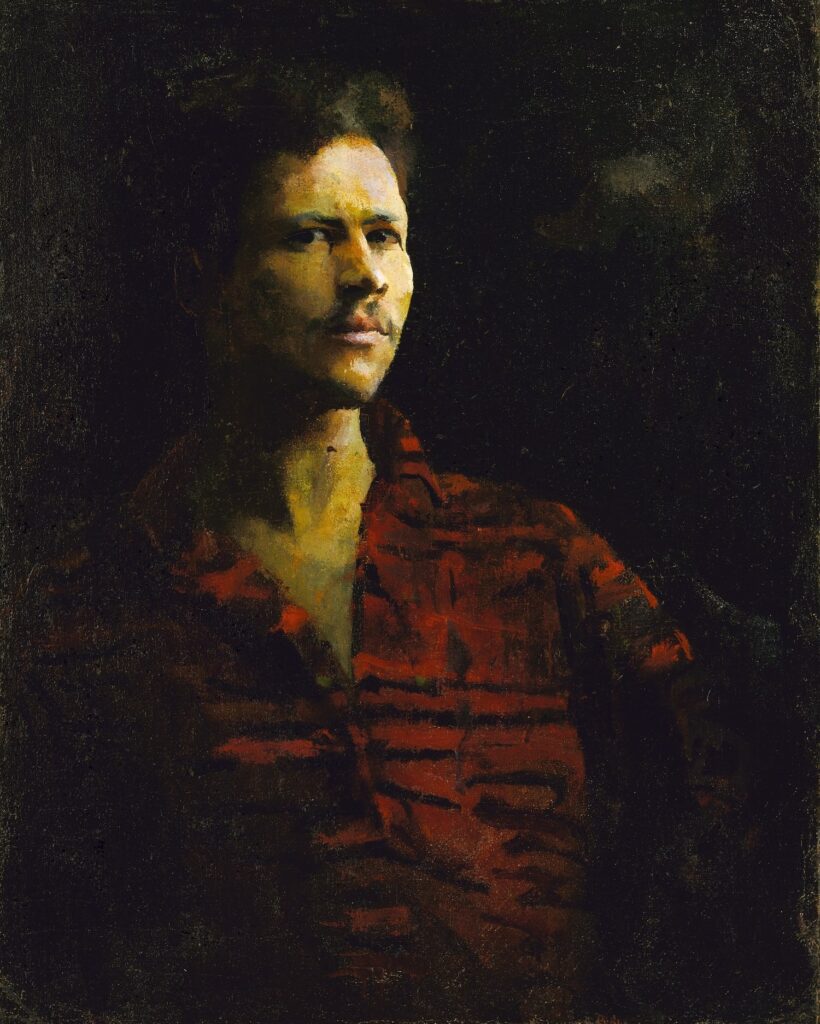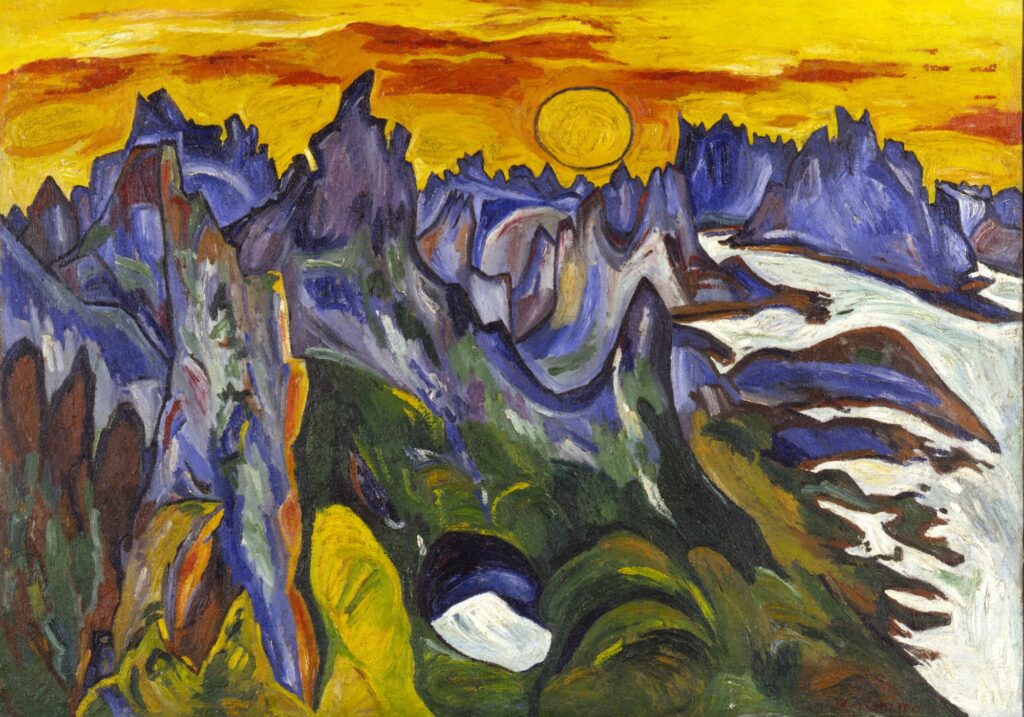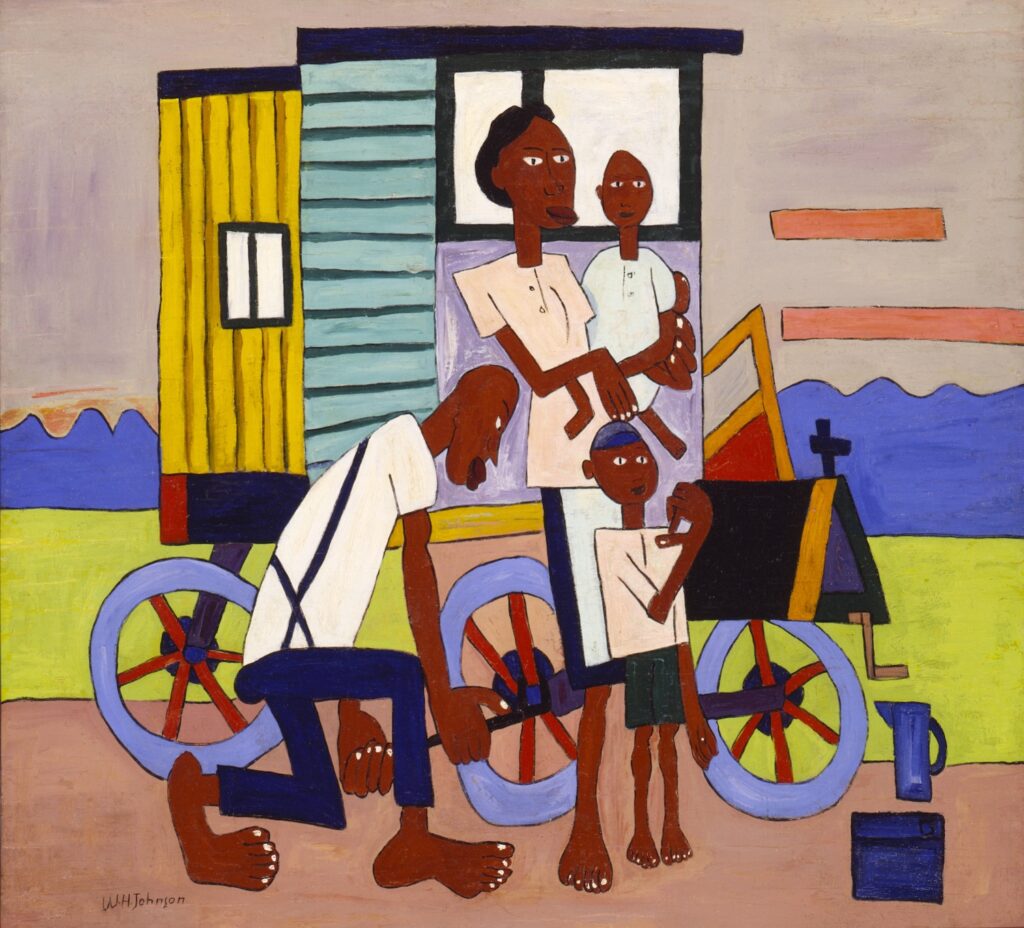
William H. Johnson left South Carolina for New York when he was 17, and began studying painting at the National Academy of Design. He painted this self-portrait in his early 20s, giving himself lighter skin than in later portraits.

He went to Europe in 1926 to study modernism, married Danish artist Holcha Krake, and spent a decade working, showing, and traveling in Scandinavia. He painted several extraordinary, expressionistic views of Lofoten, Norway. These landscapes and his European-era figure paintings feel like they could have evolved from Soutine, or Hartley.

Johnson returned to NYC with Krake in 1938, and began painting in an African American vernacular mode that feels as close to Horace Pippin as to Picasso. After Krake’s death from cancer in 1944, Johnson moved back to Denmark, making American and African American history paintings for a while, but a mental health crisis led to his return to the States, the end of painting, and hospitalization until his death in 1970.
The Smithsonian American Art Museum holds over 1,000 works by Johnson, and has two dozen on view at the moment. The SAAM bio makes it sound like they rescued these works after Johnson’s death, but I think most, if not all, were donated upon the dissolution of the Harmon Foundation in 1967.
The Harmon Foundation was established by a white real estate developer named William Harmon to collect, promote, and exhibit art by Black artists. There are some problematics in the Harmon Foundation’s story—they removed portraits of W.E.B. Dubois and Paul Robeson from exhibitions because of their communist sympathies, for example—and it’s not clear if Johnson’s reputation suffered from his association. It does feel like he’s been sort of stuck at one museum, though.
There’s a lot that doesn’t immediately make sense. But the most important thing—besides donating its large collection of art to HBCUs and the Smithsonian, and besides Johnson’s own work, of course—is that William Harmon created his foundation after years of pseudonymous philanthropy and non-predatory student loaning—under the name of an ancestor, Jedediah Tingle.
